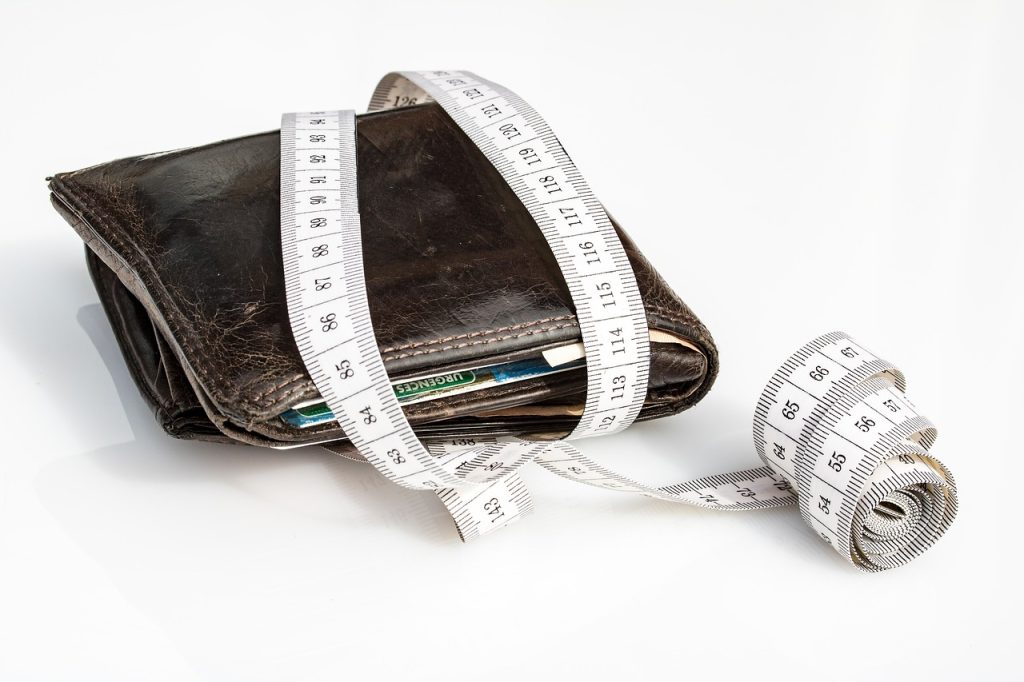Norway is renowned for its high standard of living, stunning natural landscapes, and excellent social services. However, it’s also known for its relatively high cost of living. In this article, we’ll delve into the specifics of living costs in Norway, from groceries and utilities to rent prices and eating out.
Is Living in Norway Expensive?
Norway often ranks among the top countries with the highest cost of living, so the answer to this question is generally yes. The high cost of living is balanced by high incomes, high-quality services, and a robust welfare system. However, the cost can vary significantly depending on the location, lifestyle, and individual preferences.
Cost of Groceries in Norway
Groceries in Norway tend to be more expensive than in many other countries. Fresh produce, dairy products, meat, and even basic pantry items often come with a high price tag. This is partially due to Norway’s high standards for food quality and safety, and the country’s relatively high wages.
Rent Prices in Norway
The cost of housing can vary widely depending on the location. Rent prices in Norway’s major cities, such as Oslo, Bergen, and Trondheim, are typically higher than in smaller towns and rural areas. On average, you can expect to pay between 8,000 to 15,000 NOK per month for a one-bedroom apartment in the city center.
Average Salary in Norway
Given the high cost of living, salaries in Norway are also comparatively high. The average monthly salary after tax is around 30,000 NOK, but this can fluctuate depending on the sector, experience, and qualifications.
Norway’s Cost of Living vs the UK and US
When compared to the UK and the US, the cost of living in Norway is generally higher. This is particularly noticeable in categories such as dining out, groceries, and consumer prices. However, when comparing salaries and purchasing power, the gap narrows somewhat, particularly in comparison to the UK.
Cost of Utilities in Norway
Utilities in Norway, including electricity, heating, cooling, water, and garbage services, can add an additional 1,500 to 3,000 NOK to your monthly expenses. Internet and mobile services are also relatively costly.
Public Transport Cost in Norway
Public transport in Norway is efficient and widely used, but fares can be high. A monthly transport pass in cities like Oslo or Bergen typically costs around 700-900 NOK. However, many Norwegians choose to use bicycles or walk when possible, which can help reduce these costs.
Cost of Eating Out in Norway
Eating out in Norway can be quite costly, with a meal at an inexpensive restaurant costing around 150-200 NOK, and a three-course meal for two at a mid-range restaurant costing around 600-1000 NOK. However, the quality of food is generally high.
Before you move to Norway, it’s essential to do thorough research and plan your budget accordingly. Understanding the cost of living can help you make informed decisions about where to live, what lifestyle you can afford, and whether moving to Norway is the right decision for you. For more detailed information, consider visiting official Norwegian websites such as Statistics Norway.
Remember, while the cost of living in Norway is high, so is the quality of life. From excellent healthcare and education systems to stunning nature and opportunities for outdoor activities, there are many benefits to living in this beautiful country.
Cost of Education in Norway
If you are considering studying in Norway, you’re in luck. Public universities in Norway do not charge tuition fees for both local and international students, making it an attractive destination for higher education. However, students may have to pay a small semester fee, typically ranging from 300 to 600 NOK. Private institutions may charge tuition, but these are comparatively lower than in countries like the US or the UK.
Healthcare Costs in Norway
Healthcare in Norway is known for its high standards and is mostly funded through taxes. Norwegian residents have their healthcare costs covered by the National Insurance Scheme, known as ‘Folketrygden’. However, there is usually a small co-pay for appointments and treatments, up to a certain limit. After reaching this limit (usually around 2,400 NOK per year), you can apply for an exemption card (‘frikort’) which covers the majority of further health expenses for the rest of the year.
See more: Healthcare in Norway: A Comprehensive Guide
Cost of Entertainment and Leisure Activities in Norway
Norway offers a wide range of leisure activities, from outdoor adventures to cultural experiences. However, the cost of these activities can add up. A cinema ticket typically costs around 120-150 NOK, while a gym membership can set you back around 300-500 NOK per month. Outdoor activities like hiking and skiing can be enjoyed for free or at a low cost, but the equipment can be expensive if you choose to buy your own.
Saving Money in Norway
While the cost of living in Norway is high, there are ways to save money. Shopping at budget supermarkets, cooking at home, and enjoying the great outdoors are all ways to cut costs. Many services also offer student discounts, and transportation passes can save you money if you travel frequently.
In conclusion, while Norway is undoubtedly one of the more expensive countries to live in, it also offers a high standard of living, beautiful scenery, and excellent public services. If you’re considering making the move, ensure that you have a clear understanding of the costs involved and budget accordingly.
For more information on living and working in Norway, consider visiting The Norwegian Directorate of Immigration.
- Norwegian Myths in Modern Media: From Literature to Video Games - August 20, 2024
- Urban Farming in Norway: Green Spaces in the Heart of the City - August 14, 2024
- Norwegian Legends: The Enigmatic Sea Serpent of Seljord - August 13, 2024

